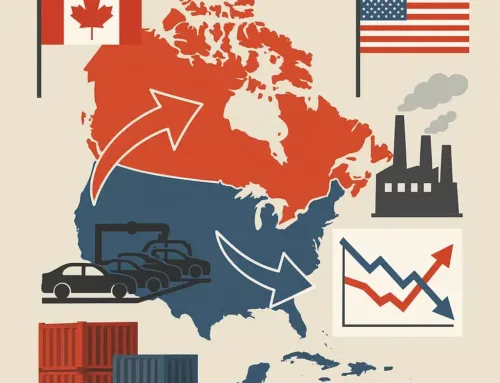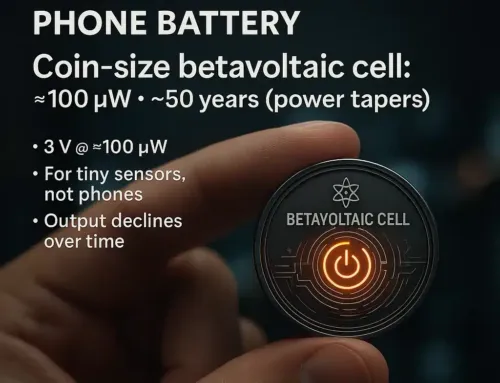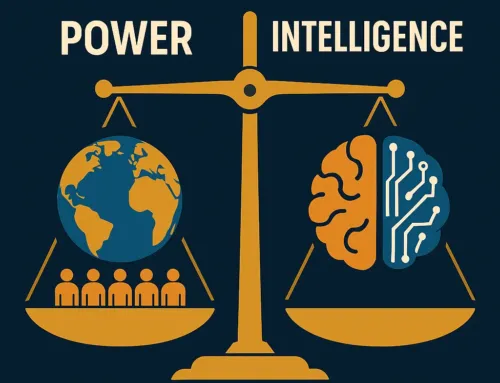
Approx. read time: 2.9 min.
Post: Tesla’s full self-driving technology investment: The $10 Billion Investment
Tesla’s Groundbreaking Journey Toward Autonomy: The $10 Billion Investment in Full Self-Driving Technology
In an era where technology and transportation converge, Tesla’s ambitious endeavor to achieve full self-driving (FSD) technology stands as a beacon of innovation and determination. Spearheaded by Elon Musk, Tesla’s commitment to this cause is underscored by a staggering investment that surpasses the $10 billion mark. This financial pledge is not merely a testament to Tesla’s resolve but also highlights the formidable challenges and substantial resources required to navigate the intricate maze of real-world driving through advanced neural networks.
Tesla’s venture into autonomy is part of a larger narrative within the automotive industry, where several key players, including both traditional automakers and tech-centric firms, are exploring the potential of self-driving technology. The strategies employed across the board vary significantly; while some companies opt to integrate third-party solutions like Mobileye, Tesla has taken a distinctive path, choosing to rely on its in-house developed systems. This approach is emblematic of Tesla’s philosophy to maintain control over the critical technologies that underpin its vehicles’ capabilities.
Central to Musk’s strategy is the development and deployment of a robust computational infrastructure, deemed essential for processing the vast amounts of data collected from Tesla’s global fleet. The unveiling of Dojo, Tesla’s proprietary supercomputer, is a pivotal element of their investment strategy. Dojo’s creation not only illustrates Tesla’s commitment to leveraging cutting-edge technology but also embodies the company’s belief that enhanced computing power is the key to accelerating the development of FSD technology.
The sheer volume of data processed by Tesla is monumental. The company’s fleet has accumulated over a billion miles of driving data, serving as a rich repository of real-world scenarios that are instrumental in refining the algorithms that power Tesla’s FSD software. This milestone is not just a numeric achievement but a strategic asset in the continuous improvement of autonomous driving technology.
Looking toward the future, Musk’s announcement of an upcoming robotaxi reveal transcends the introduction of a new product. It signals a bold step forward in redefining urban mobility. The prospect of vehicles that can navigate autonomously without human intervention presents a revolutionary vision for the future of transportation. Tesla’s $10 billion investment, therefore, represents more than a financial commitment; it is a stake in the future of automotive technology, driven by the conviction that the journey toward full autonomy, while expensive, is a pivotal endeavor that promises to fundamentally alter our relationship with vehicles.
In conclusion, Tesla’s ambitious journey towards achieving full self-driving technology is a clear indicator of the company’s leadership in innovation and its unwavering belief in the transformative potential of autonomy. The $10 billion investment is a bold affirmation of Tesla’s vision for the future of transportation, where vehicles not only drive themselves but also redefine the very fabric of urban mobility. As Tesla continues to push the boundaries of what is possible, its efforts not only highlight the challenges inherent in achieving full autonomy but also illuminate the path towards a more connected, autonomous, and innovative future.
Tesla Invests $10 Billion in Full Self-Driving Training
Related Videos:
Related Posts:
Magna’s new MAX4 self-driving platform offers autonomy up to Level 4
Analyzing Magna International’s Stock Decline: A 3-Year Investment Perspective
Hacking Autonomous Vehicles: Is This Why We Don’t Have Self-Driving Cars Yet?
Nissan follows Tesla’s lead and drops LIDAR from autonomous cars
Tesla Autopilot stopped for a rabbit on the road caught on video, owner claims









